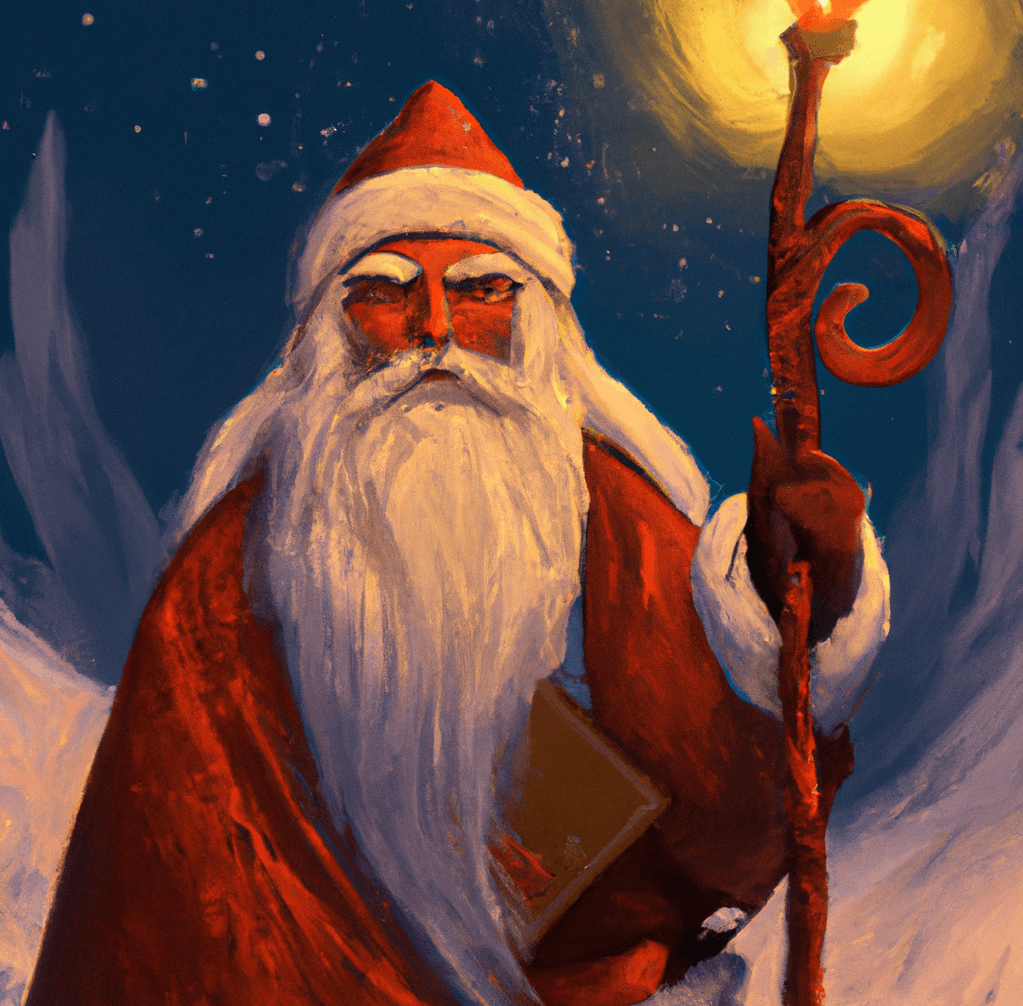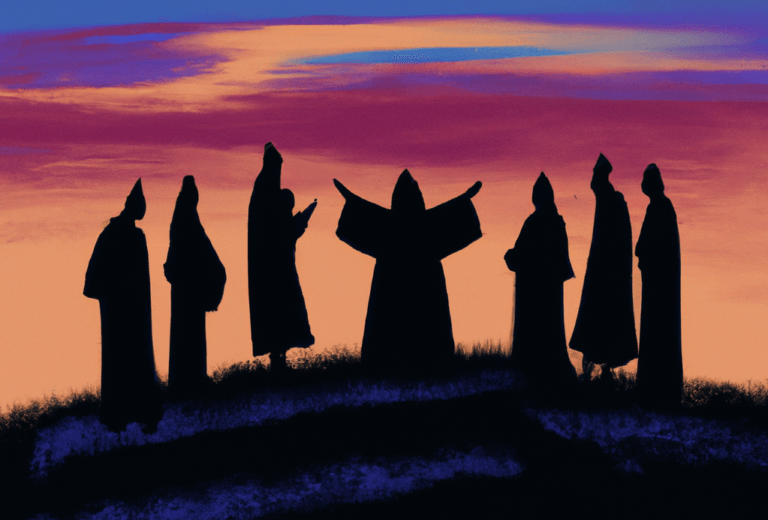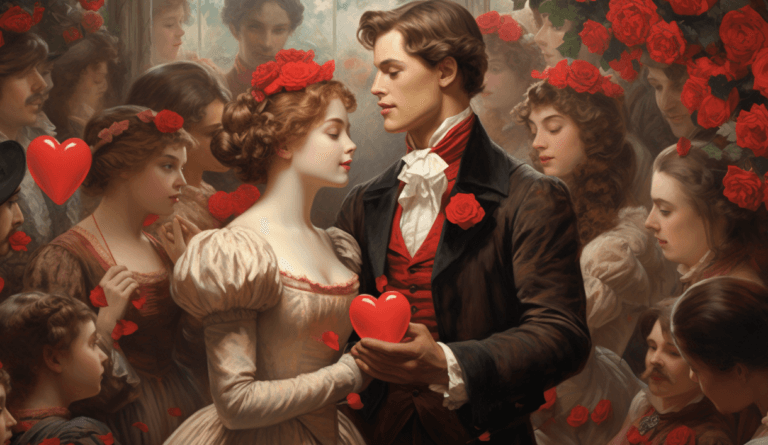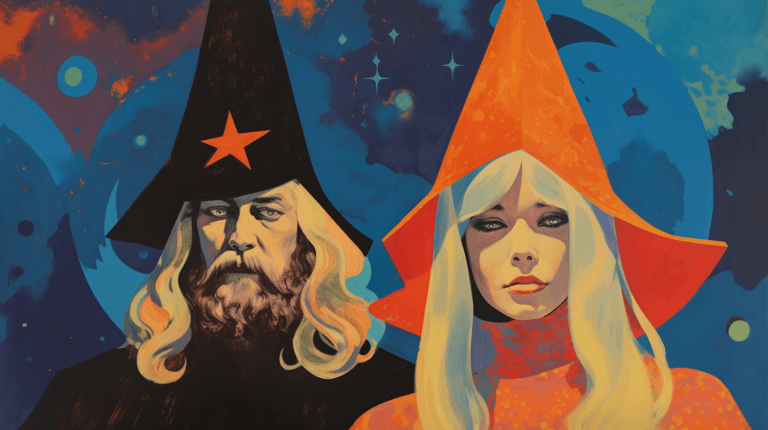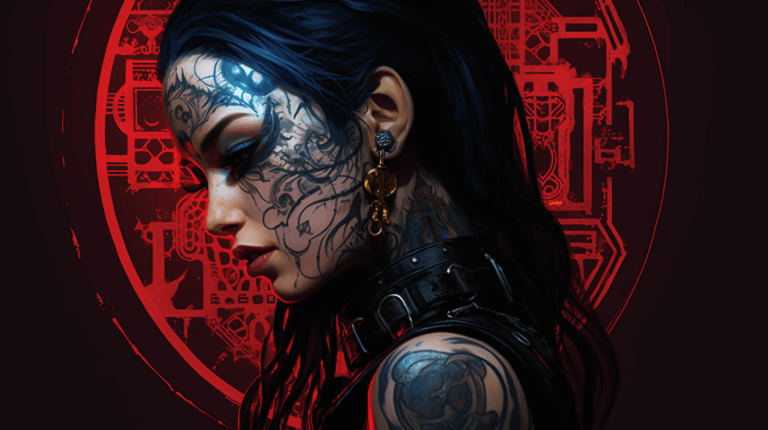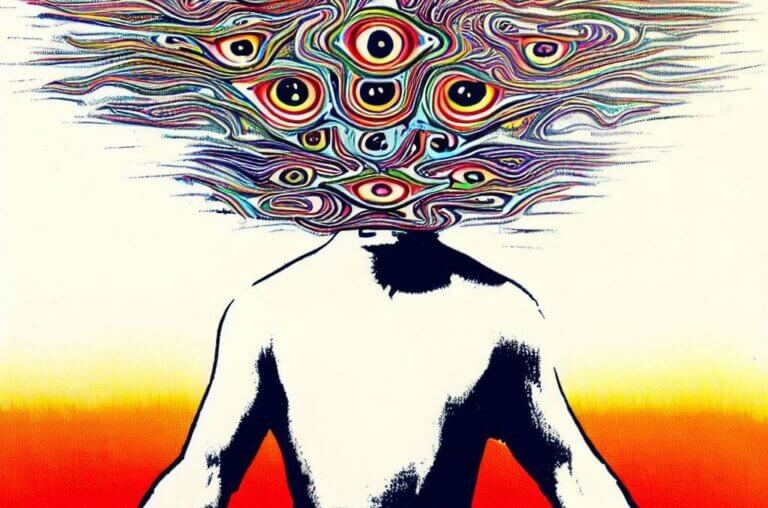Ancient Echoes: The Influence of Paganism on Modern Christmas Celebrations (including Santa Claus!)
Christmas, a widely celebrated holiday across the globe, is often associated with Christian traditions and the birth of Jesus Christ. However, beneath the layers of Christian influence, lies a rich tapestry of pagan customs and practices that have profoundly shaped the modern observance of Christmas. Paganism, with its ancient roots and vibrant traditions, has left an indelible imprint on the festive season we know today. In this article, we explore the fascinating influence of paganism on modern Christmas celebrations, including the iconic figure of Santa Claus.
Winter Solstice and the Birth of Christmas
Before the emergence of Christianity, various pagan cultures celebrated the winter solstice, which typically falls around December 21st in the Northern Hemisphere. This astronomical event marks the shortest day and longest night of the year, symbolizing the turning point when days begin to lengthen once more. Pagan societies rejoiced in the return of the sun’s life-giving light and warmth, and many of their festivities coincided with this astronomical event.
Roman Saturnalia
One of the most significant influences on modern Christmas traditions is the ancient Roman festival of Saturnalia. Taking place around the same time as the winter solstice, Saturnalia was a joyous and boisterous celebration dedicated to the god Saturn. During this festival, social norms were overturned, and masters served their slaves, while revelers exchanged gifts, feasted, and engaged in merrymaking. The spirit of Saturnalia, characterized by gift-giving, mirth, and feasting, can be seen in the modern customs of Christmas gift exchanges and elaborate holiday meals.
Norse Yule
In Norse mythology, the festival of Yule was celebrated during the winter solstice as well. Yule was a time to honor the gods and spirits and marked the beginning of a twelve-day celebration. The Yule log, a prominent symbol during this festival, represented the return of light and warmth. It was burned to ward off evil spirits and ensure good fortune for the coming year. The tradition of the Yule log has been preserved in modern Christmas celebrations, albeit in a more symbolic manner, with the burning of a smaller log or the use of a Yule log-shaped cake.
Germanic Yuletide Customs
The Germanic tribes also had their own pagan customs associated with the winter solstice. Their festivities, known as Yuletide, involved decorating evergreen trees with fruits and candles as a symbol of life’s continuity even during the cold winter months. The belief in the sacredness of evergreen trees and the practice of adorning them is widely considered to be a precursor to the modern Christmas tree tradition. The tradition gained popularity in the 16th century and has since become a staple of Christmas celebrations around the world.
Mistletoe and Holly
The ancient Druids held mistletoe and holly in high regard due to their perceived magical properties. Mistletoe was believed to bring good fortune, fertility, and protection against evil spirits, while holly, with its vibrant red berries and spiky leaves, symbolized life and rebirth during the winter months. These pagan associations have endured and are evident in the popular use of mistletoe as a symbol of love and the adornment of holly wreaths during Christmas celebrations.
Santa Claus: The Evolution of a Legend
The figure of Santa Claus, known for his jolly demeanor, red suit, and association with gift-giving, has become an integral part of modern Christmas celebrations. The origins of Santa Claus can be traced back to various pagan and Christian influences.
One prominent precursor to Santa Claus is the Norse figure of Odin, the god associated with wisdom, magic, and the hunt. During the Yule festivities, Odin would embark on a journey on his eight-legged horse, Sleipnir, visiting people’s homes and leaving gifts for those who left out food for him and his horse. This tradition resonates with the modern practice of leaving milk and cookies for Santa Claus.
The Christian figure of St. Nicholas, a 4th-century bishop known for his generosity and gift-giving, also contributed to the development of Santa Claus. The stories of St. Nicholas spread throughout Europe, and his feast day on December 6th became associated with gift-giving. Over time, various regional customs and folklore merged with the St. Nicholas traditions, resulting in the evolution of the beloved figure we now know as Santa Claus.
The Americanization of Santa Claus occurred in the 19th century when the Dutch tradition of Sinterklaas merged with English and German Christmas customs. The red suit, the reindeer, and the idea of Santa Claus traveling in a sleigh were popularized in the United States through the works of Clement Clarke Moore’s “A Visit from St. Nicholas” (commonly known as “The Night Before Christmas”) and political cartoonist Thomas Nast.
Conclusion
While Christmas is primarily associated with Christianity, the holiday’s origins and customs reveal a remarkable amalgamation of pagan influences. The incorporation of pagan practices into Christian celebrations allowed for the seamless integration of new beliefs and facilitated the acceptance and assimilation of the new faith. Today, as we exchange gifts, decorate trees, and eagerly anticipate the arrival of Santa Claus, we unknowingly perpetuate ancient pagan rituals that have been interwoven into the fabric of our modern Christmas celebrations. Recognizing and appreciating these pagan influences can deepen our understanding of the holiday’s rich and diverse heritage.
